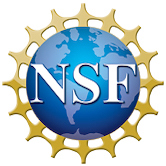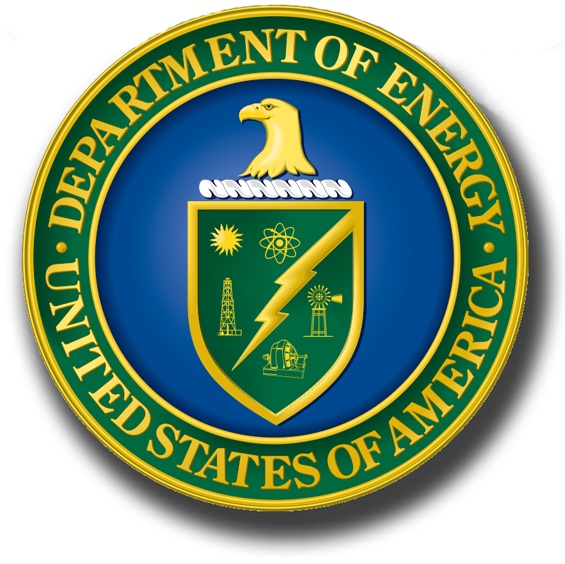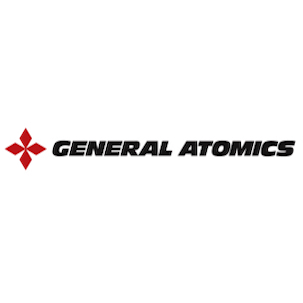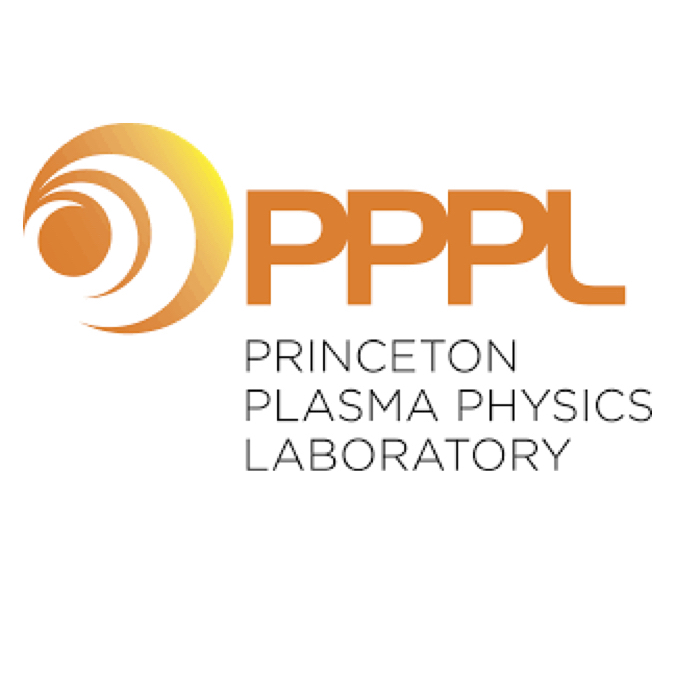NSTX-U research advancing the physics of spherical tokamak
J. W. Berkery, (C. Clauser, B. Leard, H. Al Khawaldeh, T. Rafiq, E. Schuster), et al. (Collaboration Paper)
Nuclear Fusion 64 (2024) 112004 (18pp)
|
Abstract
|

|
The objectives of NSTX-U research are to reinforce the advantages of STs while addressing the
challenges. To extend confinement physics of low-A, high beta plasmas to lower collisionality
levels, understanding of the transport mechanisms that set confinement performance and
pedestal profiles is being advanced through gyrokinetic simulations, reduced model
development, and comparison to NSTX experiment, as well as improved simulation of RF
heating. To develop stable non-inductive scenarios needed for steady-state operation, various
performance-limiting modes of instability were studied, including MHD, tearing modes, and
energetic particle instabilities. Predictive tools were developed, covering disruptions, runaway
electrons, equilibrium reconstruction, and control tools. To develop power and particle handling
techniques to optimize plasma exhaust in high performance scenarios, innovative lithium-based
solutions are being developed to handle the very high heat flux levels that the increased heating
power and compact geometry of NSTX-U will produce, and will be seen in future STs.
Predictive capabilities accounting for plasma phenomena, like edge harmonic oscillations,
ELMs, and blobs, are being tested and improved. In these ways, NSTX-U researchers are
advancing the physics understanding of ST plasmas to maximize the benefit that will be gained
from further NSTX-U experiments and to increase confidence in projections to future devices.








